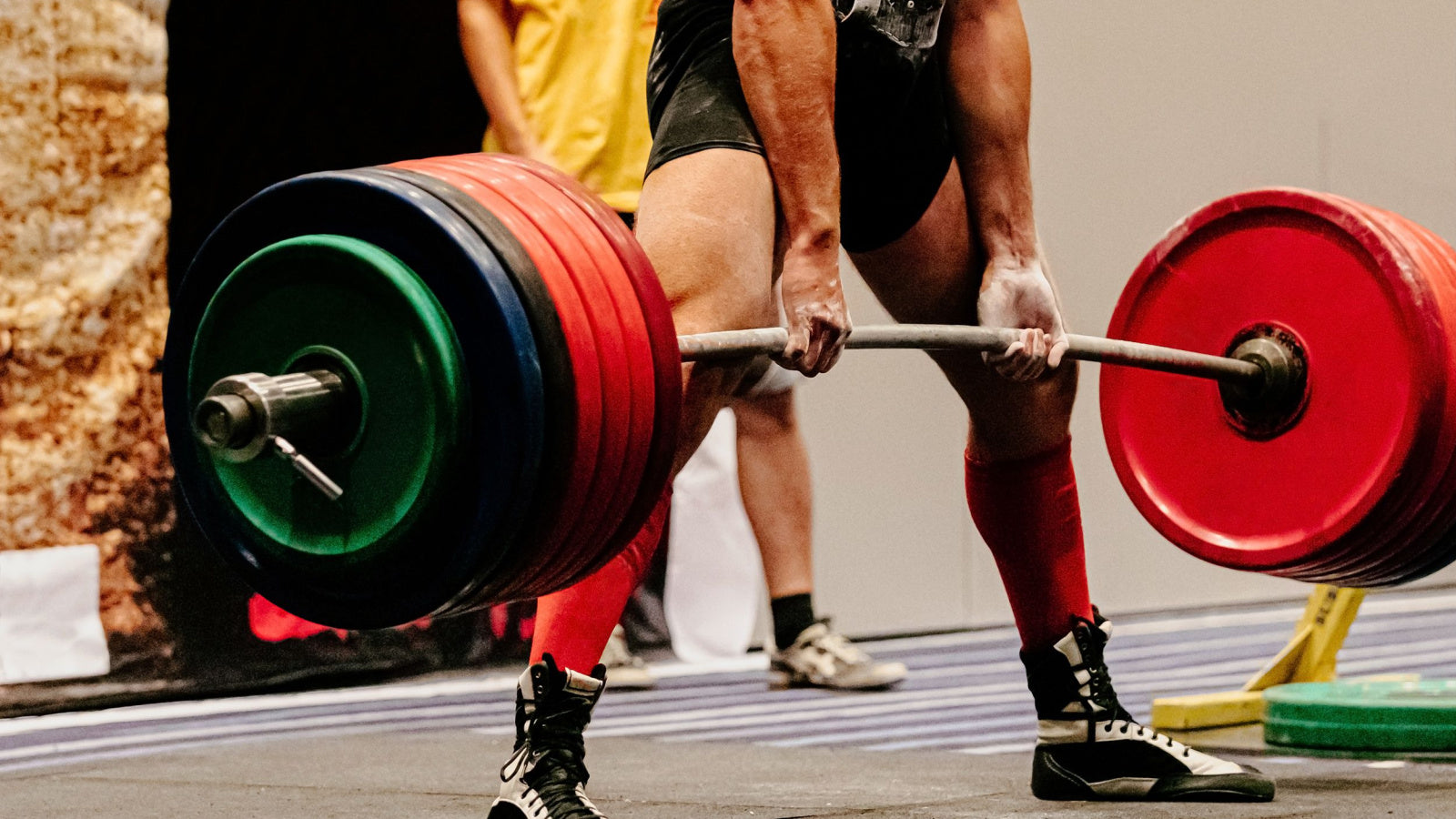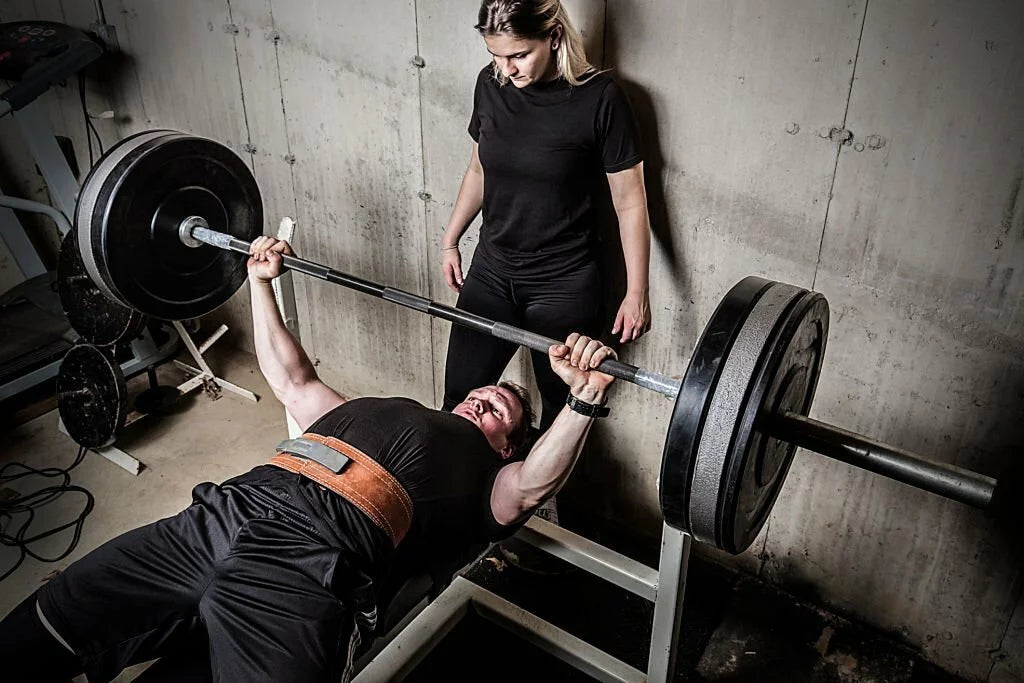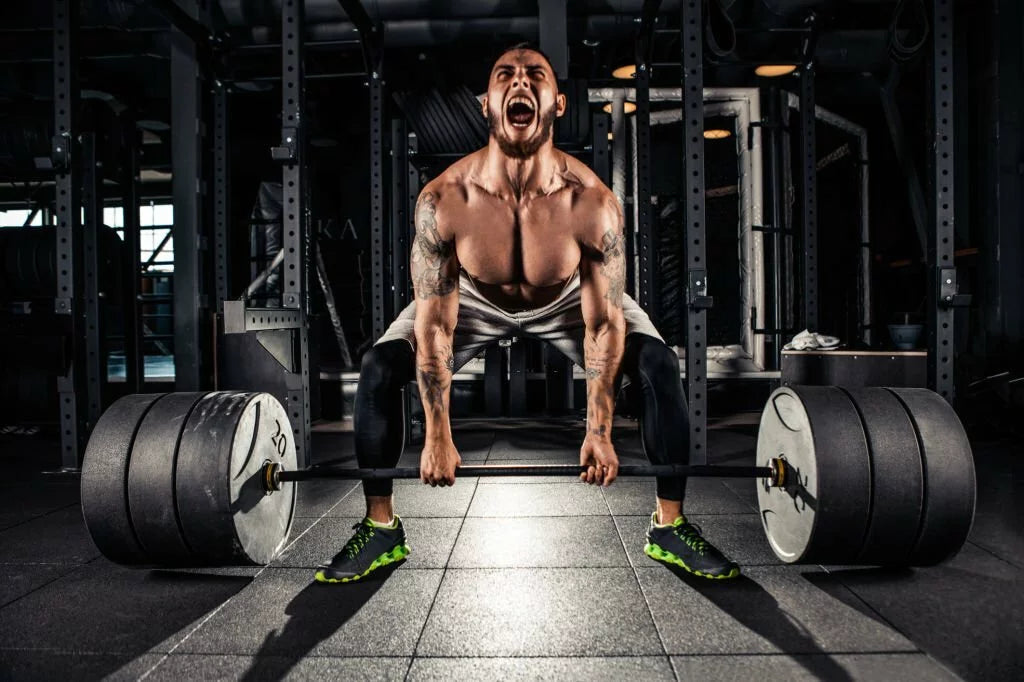Raw vs Equipped Powerlifting


Powerlifting, as a sport, encompasses immense strength, technique, and determination. But for many just starting the sport for the first time, it's essential to know that there are two types: raw and equipped. The two have some fundamental differences, and in this article, we cover the key aspects that set raw and equipped powerlifting apart, providing insights for beginners to make an informed decision about their powerlifting journey.
What is Raw Powerlifting?
Raw powerlifting revolves around showcasing the lifter's natural strength and abilities. Unlike equipped powerlifting, minimal supportive equipment is utilized in this style. Rather than relying on gear, raw powerlifting strongly emphasizes technique, mobility, and stability. It allows lifters to develop overall strength and athleticism, fostering a deep connection between the lifter and the barbell.
In raw powerlifting, lifters often utilize knee sleeves to provide stability and support for the knee joint. Wrist wraps play a similar role by reinforcing the wrists during heavy lifts. Weightlifting belts are commonly used to provide additional core stability and reduce the risk of injuries. These supportive equipment pieces are not meant to enhance performance but rather provide necessary protection and stability.
Training methods specific to raw powerlifting focus on mastering form and building strength without relying on external assistance. With raw lifting, lifters must hone their technique to maximize their potential and lift the heaviest weights possible. One of the advantages of competing as a raw lifter is the ability to compare oneself directly to the raw powerlifting records, as there is a separate category for raw lifters. This allows for better visibility and recognition within the powerlifting community.
In recent years, raw powerlifting has grown in popularity, with more lifters gravitating towards this style mainly for it's simplicity and accessibility. This growth can be attributed to the simplicity and accessibility of raw lifting, as it requires less specialized gear and equipment. Additionally, raw powerlifting provides a platform for lifters to demonstrate their true strength without the influence of external factors.
Raw Powerlifting: Advantages and Disadvantages
Raw powerlifting emphasizes minimal use of supportive gear, focusing on the athlete's raw strength, technique, and training. This provides an authentic assessment of pure strength and attracts those who want to gauge their capabilities without external tools. It is accessible to beginners and promotes overall muscular development and balance.
While injury risk is higher without supportive gear, the close-knit community and competitive spirit foster personal growth and motivation. However, raw powerlifters may face limitations in weight lifting compared to those using supportive equipment. Training for raw powerlifting requires meticulous attention to technique and can be mentally challenging, especially for beginners. Transitioning from equipped powerlifting to raw powerlifting demands adjusting technique and training intensity.
What is Equipped Powerlifting?
Equipped powerlifting, on the other hand, embraces the use of supportive gear and equipment to lift heavier weights and enhance performance. In this style, specialized gear plays a significant role in manipulating leverage and providing protection. Equipped powerlifting demands a meticulous understanding of how gear affects lifts and technique.
Squat suits, bench shirts, and deadlift suits are crucial components of equipped powerlifting. Squat suits are designed to add tightness and support to the hips and legs, aiding in the ascent of heavy squats. Bench shirts provide substantial support to the chest and shoulders, allowing lifters to generate greater bar speed during the bench press. Deadlift suits assist in optimizing leverage and providing additional power off the floor.
Training methods specific to equipped powerlifting involve learning how to use gear effectively in lifts. This includes practicing technique adjustments to make the most out of the equipment's potential. Competing as an equipped lifter requires a different set of skills and strategies compared to raw lifting. The advantages of equipped powerlifting lie in the ability to lift larger weights and potentially surpass raw powerlifting records.
Recognized equipped powerlifters have achieved remarkable feats, setting new benchmarks in powerlifting competitions. Equipped powerlifting has played a significant role in pushing the boundaries of what is considered humanly possible in terms of strength and performance.
Equipped Powerlifting: Advantages and Disadvantages
Equipped powerlifting offers distinct advantages with specialized gear like squat suits, bench shirts, and knee wraps. Lifters can handle significantly heavier weights, surpassing personal and world records. Supportive gear reduces the risk of injury and enhances stability in vulnerable joints and muscles. Mastering specialized gear adds a strategic challenge to training and competition, fostering intellectual stimulation.
However, equipped powerlifting has drawbacks: the complexity, cost, and potential for incorrect usage of equipment. It may overshadow raw strength and create an uneven playing field. Equipped lifting may also be less relatable to the general public and newcomers, potentially causing a divide between the equipped and raw powerlifting communities.
Main Differences Between Raw vs Equipped Powerlifting
Raw vs equipped powerlifting highlights differences in gear, approach, philosophy, and culture. Raw lifters rely on natural strength and technique, using minimal equipment except for safety gear. Equipped powerlifters use specialized gear like squat suits and bench shirts for added support and leverage. Technique in raw lifting emphasizes natural abilities, whereas equipped lifting requires training to optimize gear mechanics. Raw powerlifting carries a higher injury risk, while equipped powerlifting reduces the risk by supporting joints and muscles.
Raw powerlifters typically lift less weight, while equipped lifters can handle heavier weights for higher records. Raw powerlifting is more accessible and cost-effective for beginners, while equipped powerlifting requires more investment in gear and specialized training. The cultural divide sees raw as traditional and inclusive, while equipped appeals to those interested in technology and strategic aspects of the sport.
Choosing between Raw and Equipped Powerlifting
Deciding between raw and equipped powerlifting depends on various factors. Personal goals, training approaches, and individual preferences all come into play. Evaluating personal strengths and weaknesses is crucial in determining which style aligns better with one's abilities and aspirations. Raw powerlifting may suit those who value pure strength and technique, while equipped powerlifting may be preferred by those seeking to maximize their performance using specialized gear.
It's essential to strike a balance between the desire for challenge and competition against personal limits. The choice between raw and equipped powerlifting can also be influenced by weight classes. Evaluating which style aligns best with one's body weight and composition can serve as a guiding factor.
In conclusion, raw and equipped powerlifting are two distinct styles within the sport that offer unique experiences and challenges. Both styles have their merits, and it is encouraged for powerlifters to explore and experiment with both throughout their journey. Safety, proper technique, and personal enjoyment should always be prioritized, regardless of the chosen style. So, choose your path, embrace the challenges, and elevate your powerlifting endeavours to new heights.


